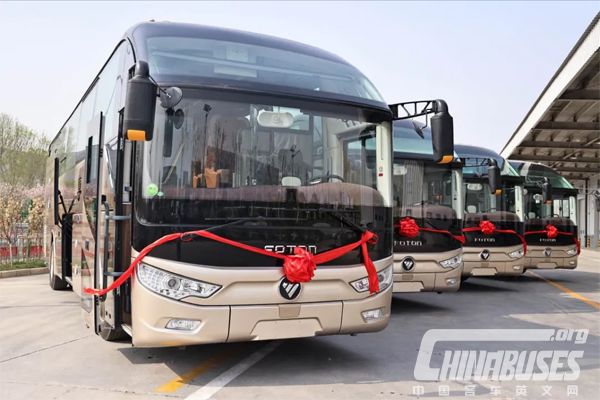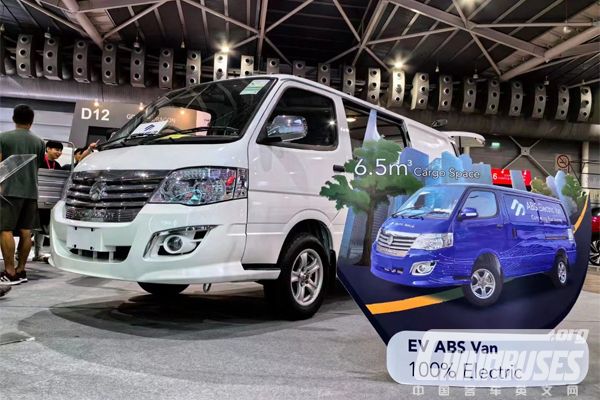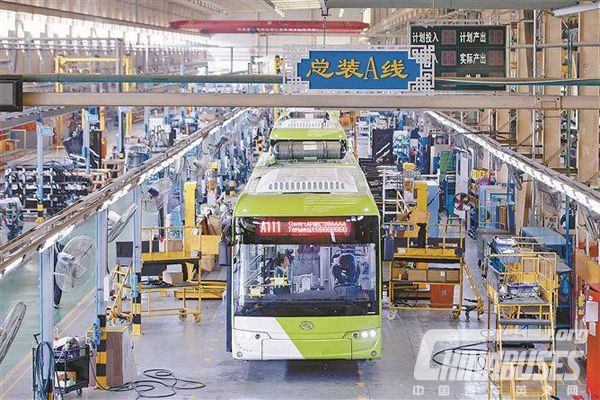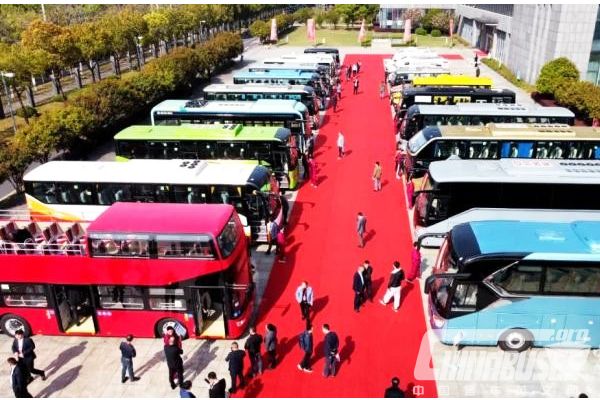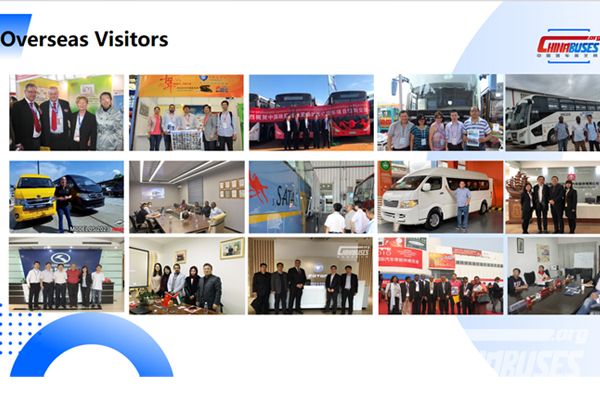Less Than a Month Before Busworld India will Open its Doors
21 October 2016
www.chinabuses.org: The seventh edition of Busworld India will be held in Bengalaru (Bangalore) from 10 to 12 November. For the first time, Busworld and its Indian partners, Inter Ads Exhibitions, have chosen to use the Bangalore International Exhibition Centre, a modern facility in the suburb of Dasanpura Hobli.
This new venue has attracted some new vehicle manufacturing exhibitors like Daimler and Volvo Buses. But also the loyal exhibitors like MG Automotive, SML Isuzu and other OEM's will be presenting their latest vehicles to the professional visitors.
In total, more than 70 exhibitors will showcase their products and services on a surface of 3.870 sqm. A full exhibitor list is available on the website, containing as much extra information as possible so the visitors can prepare their visits accordingly.
Like in 2015, there will be a two day congress in conjunction with the exhibition
Following the success of the 'Busworld Academy & IRU Congress' held back in April 2015 in Mumbai, we are now joining forces with the 'Association of Road Transport Undertakings' (ASRTU) organising the congress “Bus and coach – A smart transportation system for India”, exploring current challenges, as well as potential opportunities to enable a framework for efficient, comfortable and safe buses in India.
"The Congress in Bangalore will bring together high level mobility experts coming from India and abroad, public and private busoperators, bus and coach manufactures and suppliers and last but not least, authorities and decision makers to exchange ideas for the further improvement of the mobility services on Indian roads. And that is exactly what the mission of Busworld Academy is all about!", said Jan Deman, Busworld Academy Director.
Umberto de Pretto, IRU Secretary General added, “Building on IRU’s international experience and expertise as well as our work with the IRU-led All India Smart Move High Level Group we are working towards a clear action plan on safe, green, affordable and sustainable transport in India with policy recommendations on how to substantially increase the use of buses and coaches by 2030.”
Ananda Rao, Executive Director of ASRTU, concluded: “The Association of State Road Transport Undertakings is happy to associate with this most comprehensive conference and exhibition on Road Transport Industry, highlighting the latest bus models and coaches for India’s future fleet."
A full programme of the Busworld Academy - ASRTU - IRU Congress is available online. A visit of the exhibition can be combined with attending one or more seminars of your choice, making the Busworld experience even more complete.
Pre-registration for exhibition and congress
The entrance fee for the exhibition and the congress is free of charge. Busworld does however require you to register. It is possible to pre-register online on the website, to avoid cueing at the entrance.
A background of the Indian bus market
Demand for buses and coaches in India is strong. In the financial year from April 2015 to March 2016, there were 45,085 registrations of vehicles over 7.5 tonnes gross. That compared with 37,457 in the previous financial year but was still not as high as the record of 49,932 units in the 12 months from April 2011.
This volatility can be attributed to a number of reasons, but the main one is the periodic introduction of stimulus schemes to subsidise the purchase of new city buses. The Government is keen to encourage the scrapping of older and more polluting buses and to replace them with modern new vehicles that are much more driver and passenger friendly. Industry observers expect demand to rise in 2017 and to remain strong in the following years.
Levels of car ownership in India are rising, and that is contributing to urban congestion. There are now around 22 cars per 1,000 people which means that there is great demand for public transport, especially buses.
There is a growing market for special school buses, mainly medium size vehicles, and for simple buses for employee transport.
The Government has introduced the Bus Code which took its inspiration from the European Bus Directive. It introduced new standards of specifications, making buses safer and more comfortable.
It also introduced Conformity of Production with which all manufacturers must comply.This spelled the end of many small builders who made the most basic vehicles, frequently hand built in single numbers. Re-bodying of older chassis was rife and many of those vehicles were simply not safe.
Over the last few years, features like lower floors and air suspension have become much more widespread. Power steering is now mandatory.
The Government is continuing to press ahead with further safety features having recently made it mandatory for all buses to be fitted with tracking devices, CCTV’s and panic buttons that connect to the nearest police station.
In some cities, premium services are available from suburbs to the main business areas. Passengers can pay a higher fare for vehicles equipped with air conditioning and wi-fi connectivity.
The vast majority of buses and coaches in India are powered by diesel engines. The Government has progressively introduced Bharat Standards which are based on European emission limits. However, for several years, Delhi has required all city buses to be powered by compressed natural gas, even insisting on the retrofitting of gas engines to older buses already in service.Small numbers of hybrid buses have entered service, and that in turn has led to growing interest in all-electric vehicles. Although the capital costs are much higher, the running cost per mile is lower and the price of batteries is coming down steadily.
There is now more competition between manufacturers and that is also helping to drive up standards. Fully automatic gearboxes have become acceptable on city buses. Engines are becoming cleaner and there are significant reductions in noise, vibration and harshness. Electrical and electronic systems are continually being updated, facilitating electronic destination equipment, GPS, On-Board Diagnostics and Smart Multi-Mode Ticketing.
India has modern highways, linking all the main towns and cities. That has led to rapid expansion in express coach services. At the top end of the market, this has seen the introduction of more powerful engines, full air conditioning, reclining seats, and many other features for the comfort and convenience of passengers.
India is also a substantial exporter of buses. In the financial year from April 2014 to March 2015, 49,365 buses and coaches over 7.5 tonnes gross went abroad. That rose to 54,187 in the following twelve months.
India is the second largest manufacturer of buses and coaches in the world (after China) and that alone makes Busworld India well worth a visit.
Source : www.chinabuses.org
Views:3979




